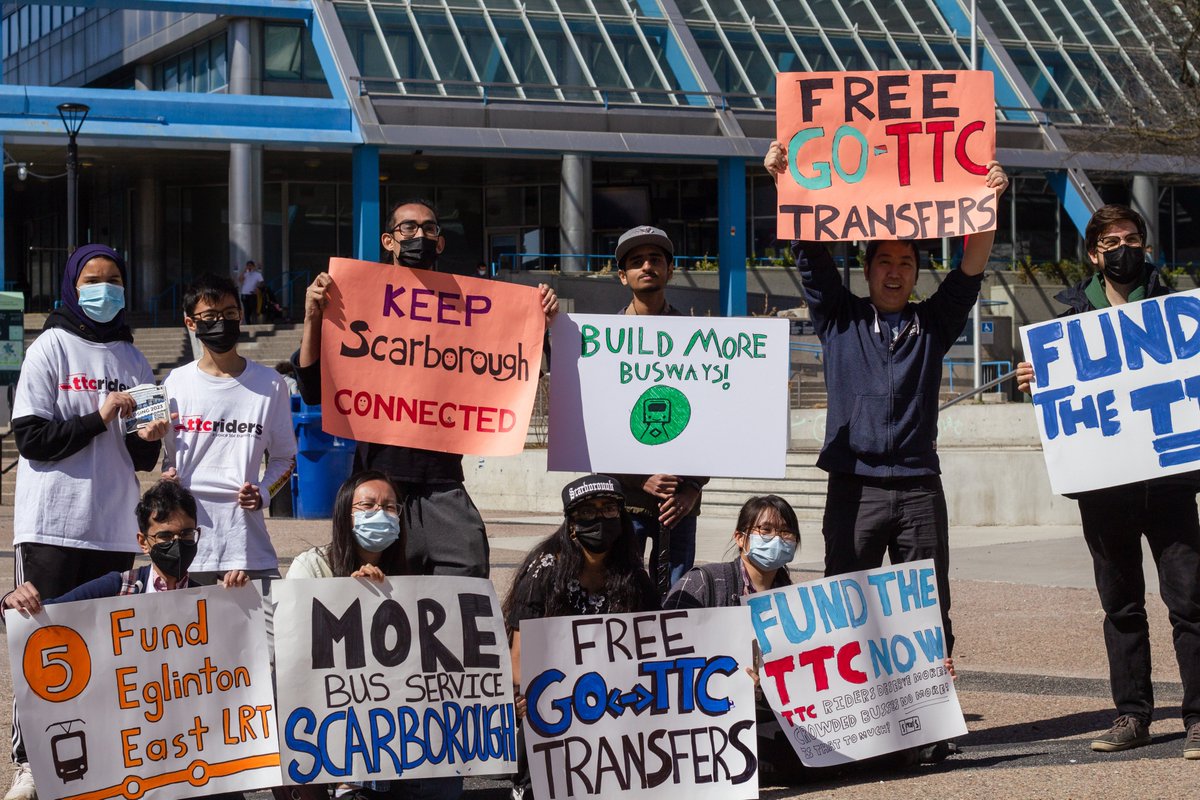Transit fare capping: the what, why, and who is likely to benefit
What is fare capping?
Fare capping is an approach to setting transit fares in which riders do not pay for additional rides above a certain amount during a given time period. For example, a monthly fare capping policy of fifty rides means that transit riders would only pay for the first fifty rides they take in any given month, and any rides they make after their 50th would be free for the rest of that month. If you rode the bus 55 times under this policy, then you wouldn’t pay for the last five rides!
Why are Canadian transit agencies exploring fare capping?
Transit agencies, such as MJ partners TransLink, the Toronto Transit Commission (TTC), and Metrolinx, are broadly committed to advancing equity. As part of that commitment, they are exploring new ways to structure transit fares to ensure that people who depend heavily on transit for most of their travel (i.e., very frequent transit users) are not burdened by fare costs.
Who would benefit from fare capping?
In the case of the Toronto Transit Commission, riders who ‘tap on’ to a TTC bus, streetcar or subway more than 48 times in a month will save money under one plan suggested by agency staff. This equates to about 1.5 taps a day in a given month. To understand how you might be impacted, pay attention to how many times you ‘tap on’ to pay for transit. If you average more than 1.5 times a day, you may benefit. If you tap on two times a day almost every day, you will likely save money and avoid a large upfront payment from a fare capping plan like this one.
What do transit riders think about fare capping?
The Rider Happiness Benchmarking (RHB) survey conducted by Transit app, an MJ partner, asks transit riders what agencies could do to increase ridership. In October 2021, they asked riders whether they agreed that agencies refunding “the difference if I spend more on transit rides in a month than I would pay for an unlimited monthly pass” would make them more likely to use transit. As the question describes a ‘cap’ on fare payments tied to a monthly pass, it is effectively a question about fare capping. A majority of the 9,000 Canadian respondents said yes (56%), compared to 54% of 18,000 American respondents. In both countries, perceived benefits of the policy varied substantially by income, as plotted in Figure 1. Unsurprisingly, riders with lower incomes are more supportive of the policy than riders with higher incomes.
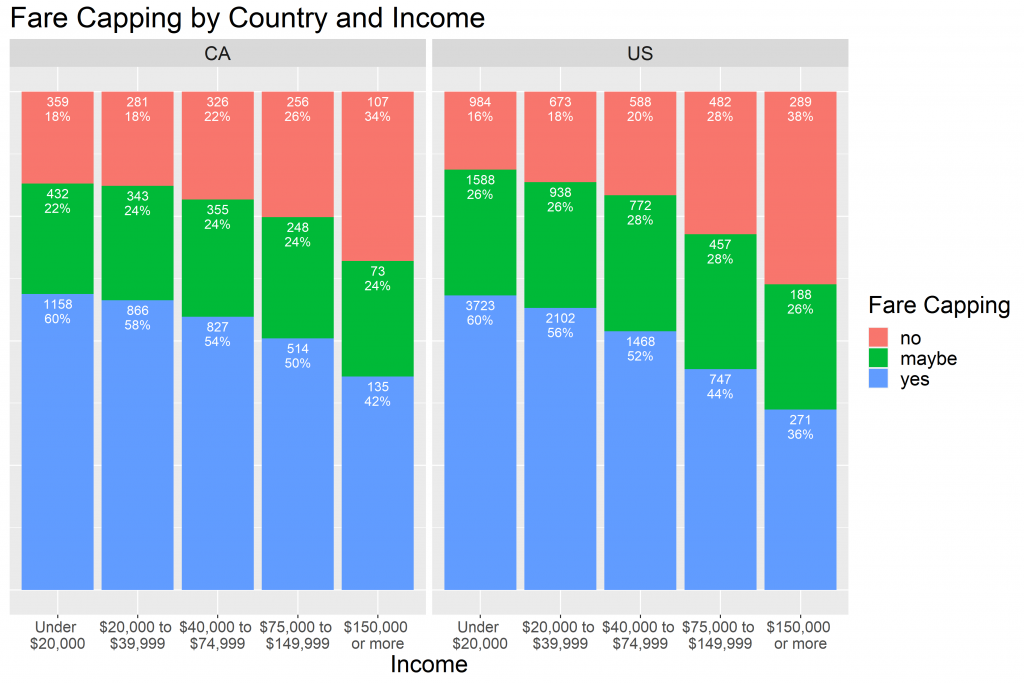
Because a rider is more likely to benefit from fare capping if they ride frequently, we hypothesize that more frequent users of transit will be more supportive of the policy. While Transit app’s survey did not ask about overall transit trip frequencies, it did ask about transit commute frequencies. In the U.S., people who commute 5 or more days a week by transit are the most supportive of fare capping (58%), while those who commute 1 or fewer days a week by transit are least supportive (46%). These findings are plotted in Figure 2 below. The relationship is less clear in Canada–there is no significant difference in support for the policy between Canadian riders who commute 2 days a week by transit and those who commute 5 or more days a week via transit. This may reflect a limitation with the question, which asks about commute frequency, rather than total transit travel.
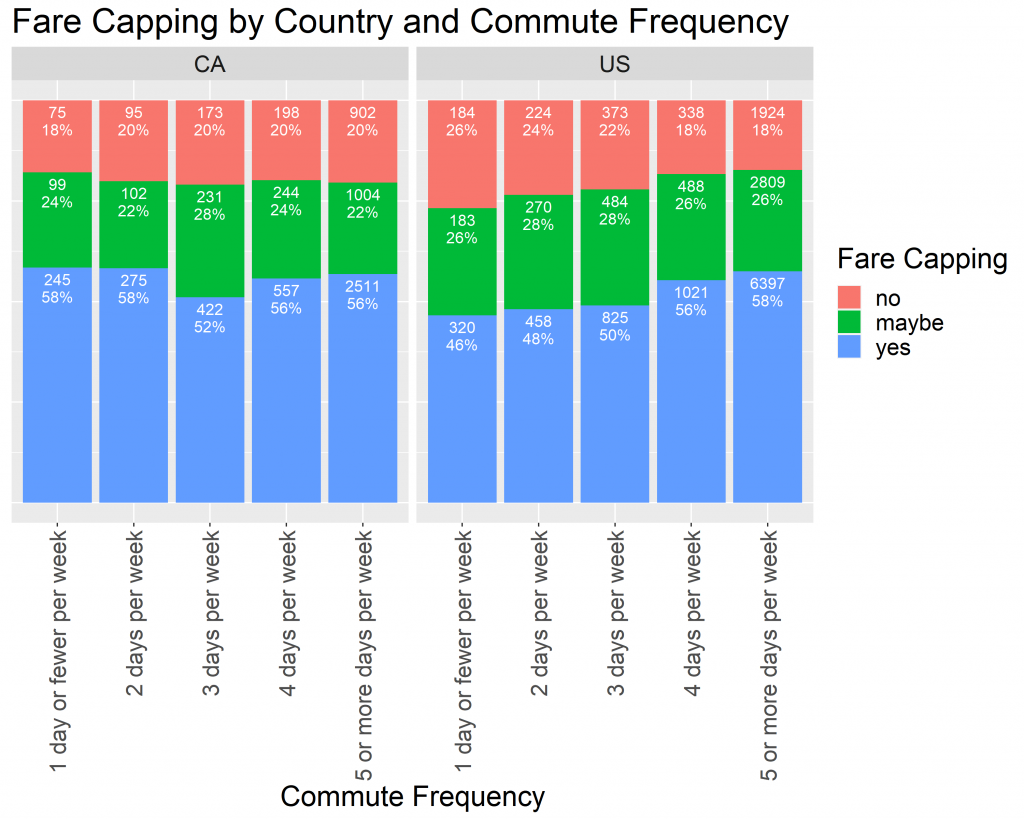
Finally, we sought to examine how support for this policy varies among Canada’s largest cities. We plot those findings below in Figure 3. TTC users are most supportive (64%), while Edmonton riders are least supportive (44%). We can only speculate as to the reason for these differences. Fare capping has been covered extensively in the news in Toronto, and thus riders may feel more informed and thus more confident in supporting the change. It may also relate to differences in current fare structures. In Toronto, a monthly transit pass currently costs $146.00, while in Edmonton it costs just $100. Regardless, more riders support than oppose fare capping in all five of Canada’s largest cities.
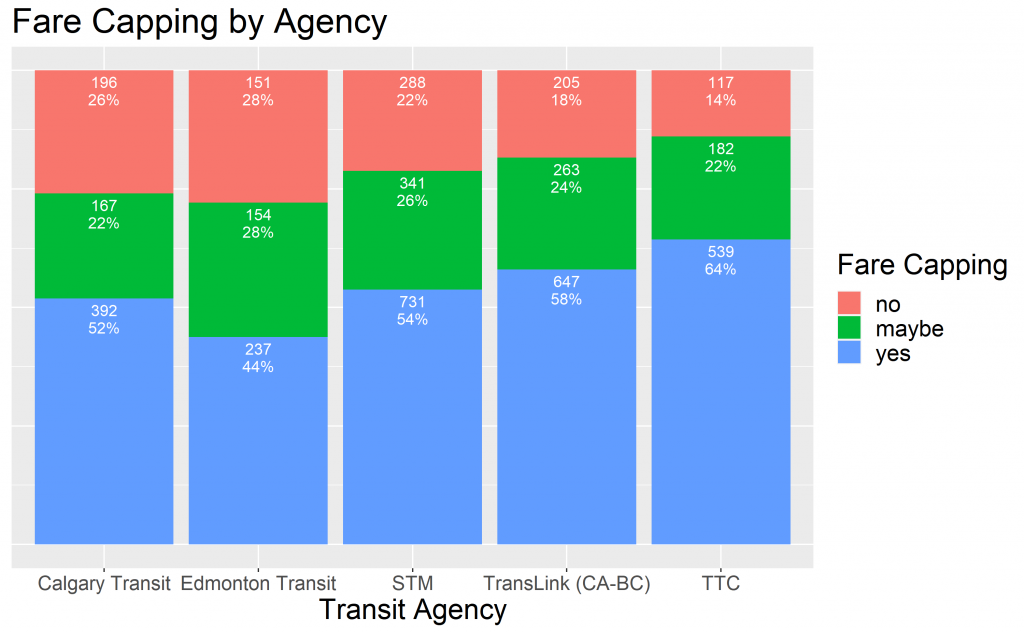
In sum, we find strong support for fare capping among Canadian transit riders. At the same time, we also find a large share, 24%, are unsure. We also found that a significant number of riders who will likely benefit from fare capping are opposed to the idea. Further research should explore riders’ attitudes towards different fare structures more deeply. If agencies move forward with fare capping, education will also be critical. If you know someone who might be interested in this topic, share this blog with them to help spread the word.
You may also like
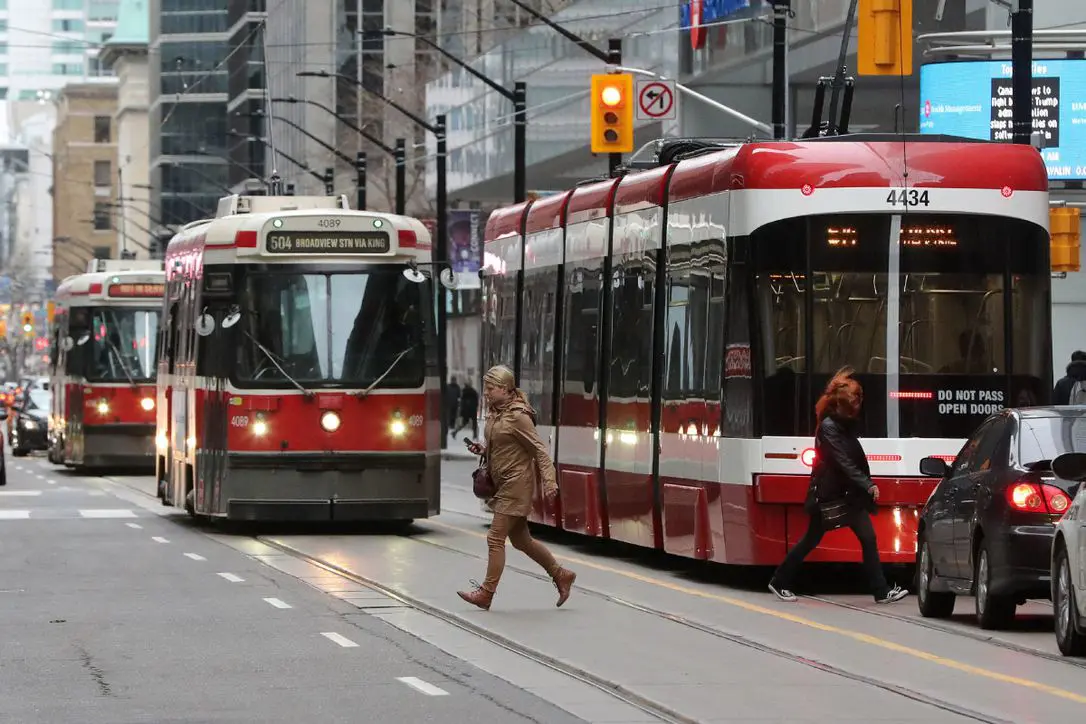 The Different Price Tags of Access: Transit, Housing Affordability and Demographics
The Different Price Tags of Access: Transit, Housing Affordability and Demographics
Introduction Building a new transit system? Great for commuters. Even better for housing prices. When cities build transit, nearby land and housing prices often shoot… Read More
 Developing Standards for Equity in Transportation Planning and Policy
Developing Standards for Equity in Transportation Planning and Policy
program at McMaster University. I began my PhD in September 2023 and have been part of the PhD MJ Researchers team since then. In a… Read More
 Making Space for Grief: Innovate Approaches to Knowledge Mobilization Through Art, Placemaking, and Cross-Sector Dialogue
Making Space for Grief: Innovate Approaches to Knowledge Mobilization Through Art, Placemaking, and Cross-Sector Dialogue
Grief—often defined as the process of coping with loss—ebbs and flows throughout our lives. Despite its universality, this deeply human experience is often constrained by… Read More
